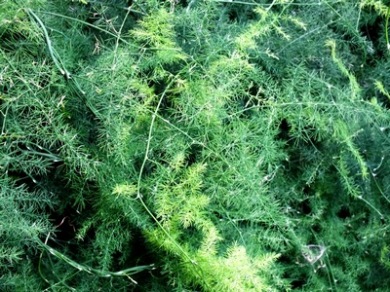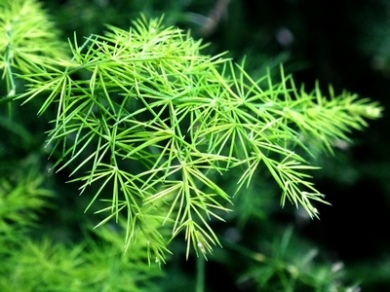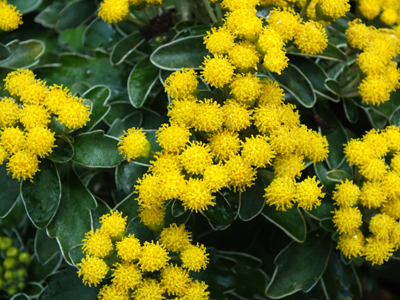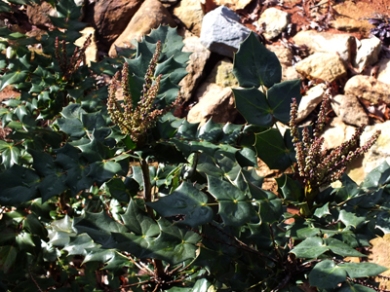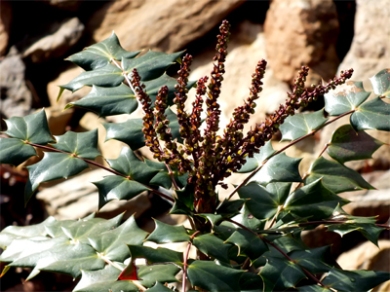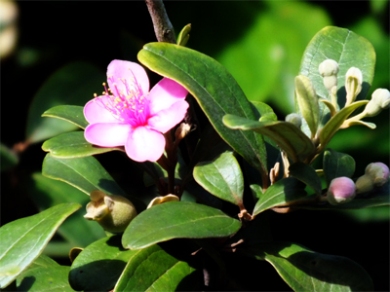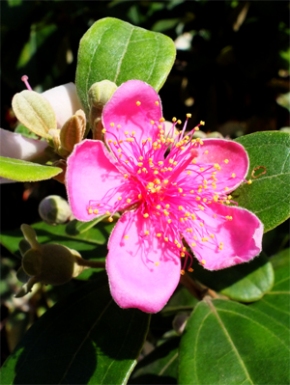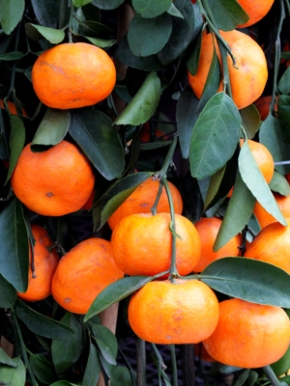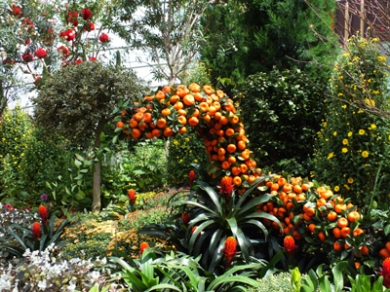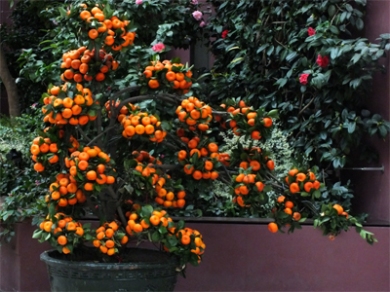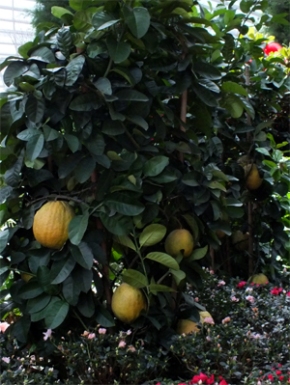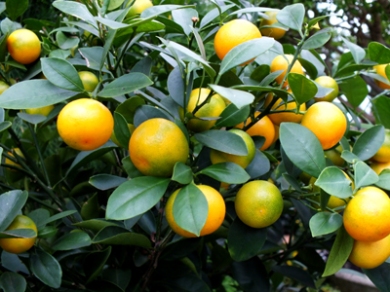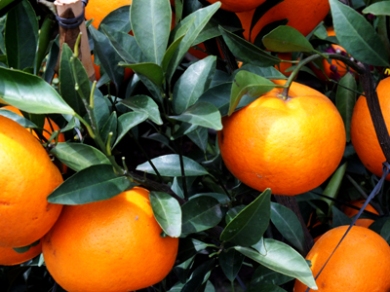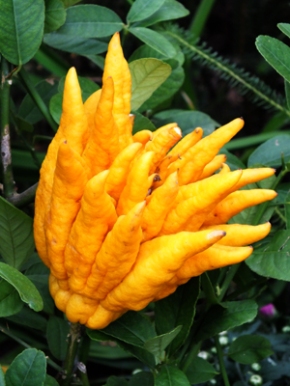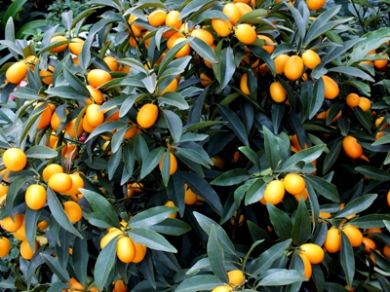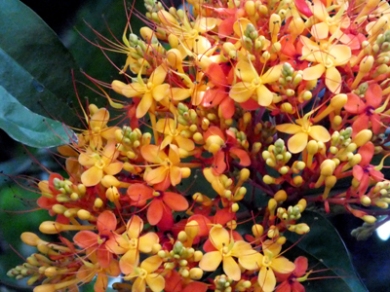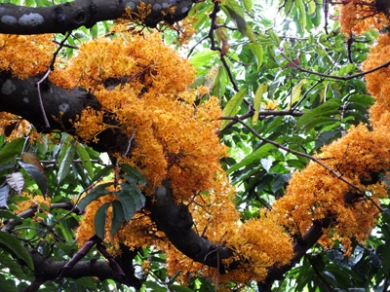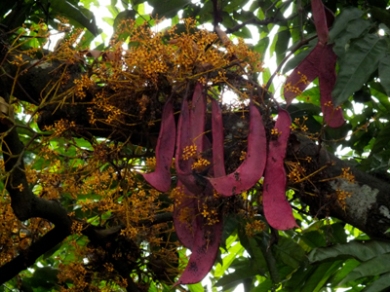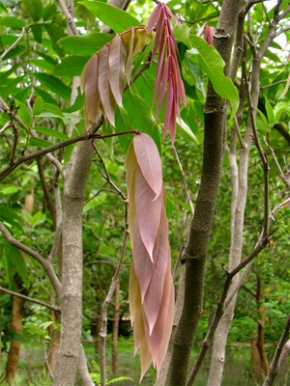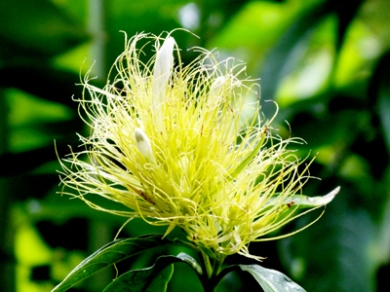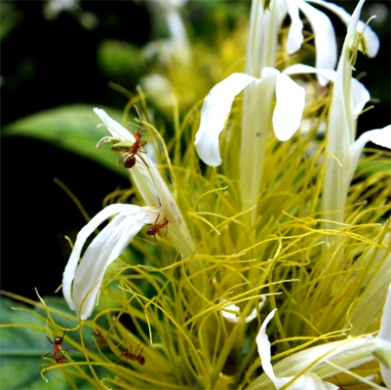Asparagus setaceus, commonly known as Common Asparagus Fern, Lace Fern, Climbing Asparagus, or Ferny Asparagus, is a vine plant in the genus Asparagus. Despite its common name, the plant is not a true fern, but has leaves that resemble one.
It is native to Southern Africa, and is grown elsewhere as an ornamental plant. It has become an invasive species in several locations where it has been introduced. Its specific name is derived from the Latin saeta “hair” or “bristle”, hence “hairy”. Some authorities use the name Asparagus plumosus [plumosus Latin “plumed”, referring to the foliage].
Asparagus setaceus is a scrambling perennial herb with tough green stems, which may reach several metres in length. The leaves are actually leaf-like cladodes up to 7 mm long by 0.1 mm in diameter, which arise in clumps of up to 15 from the stem, making a fine, soft green fern-like foliage.
Asparagus setaceus is cultivated as an ornamental plant, for planting in garden and containers, and as a house plant. The attractive foliage is also used in floral arrangements.
Photos: Flower Dome, Gardens by the Bay, Singapore [20140425]
Source: Wikipedia
